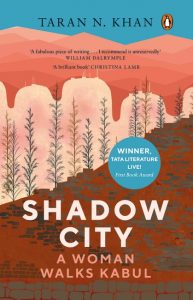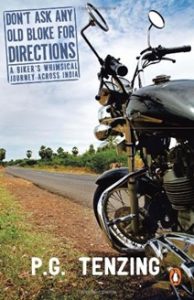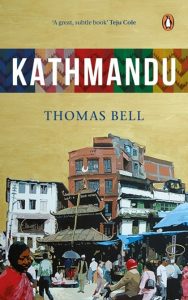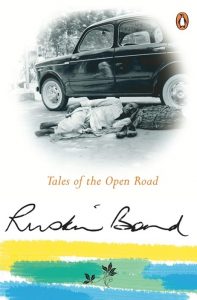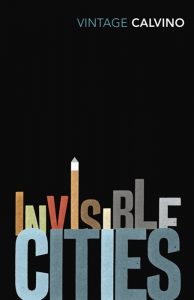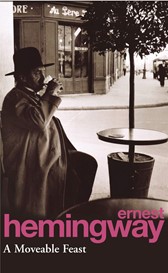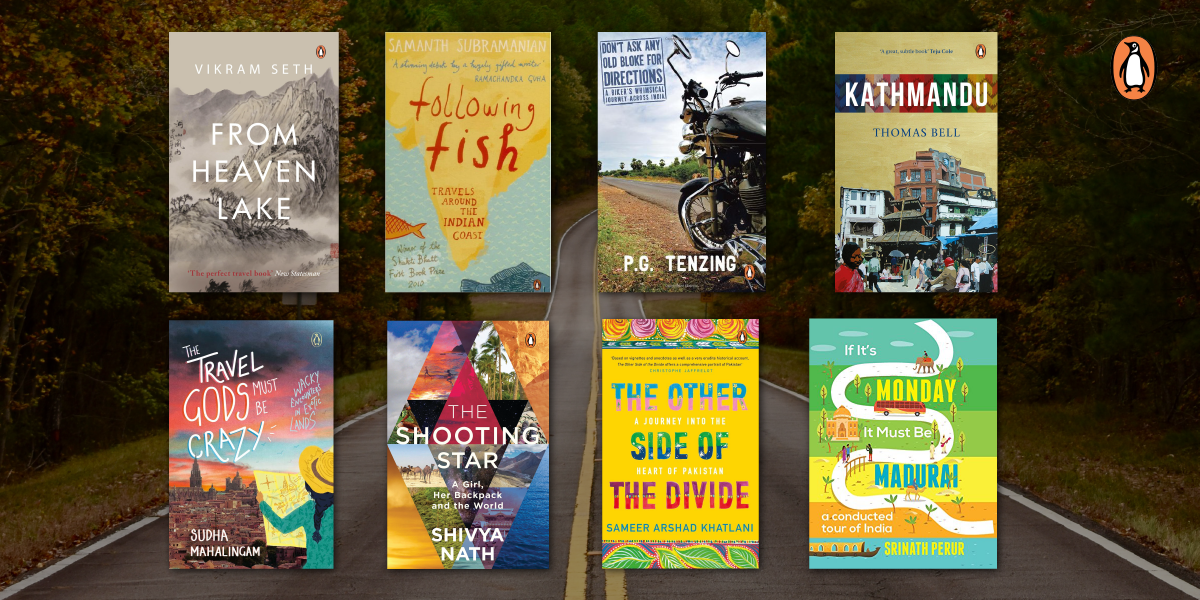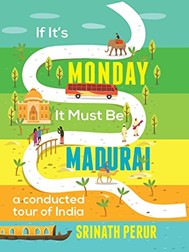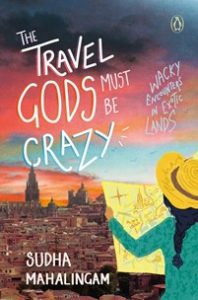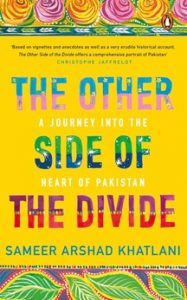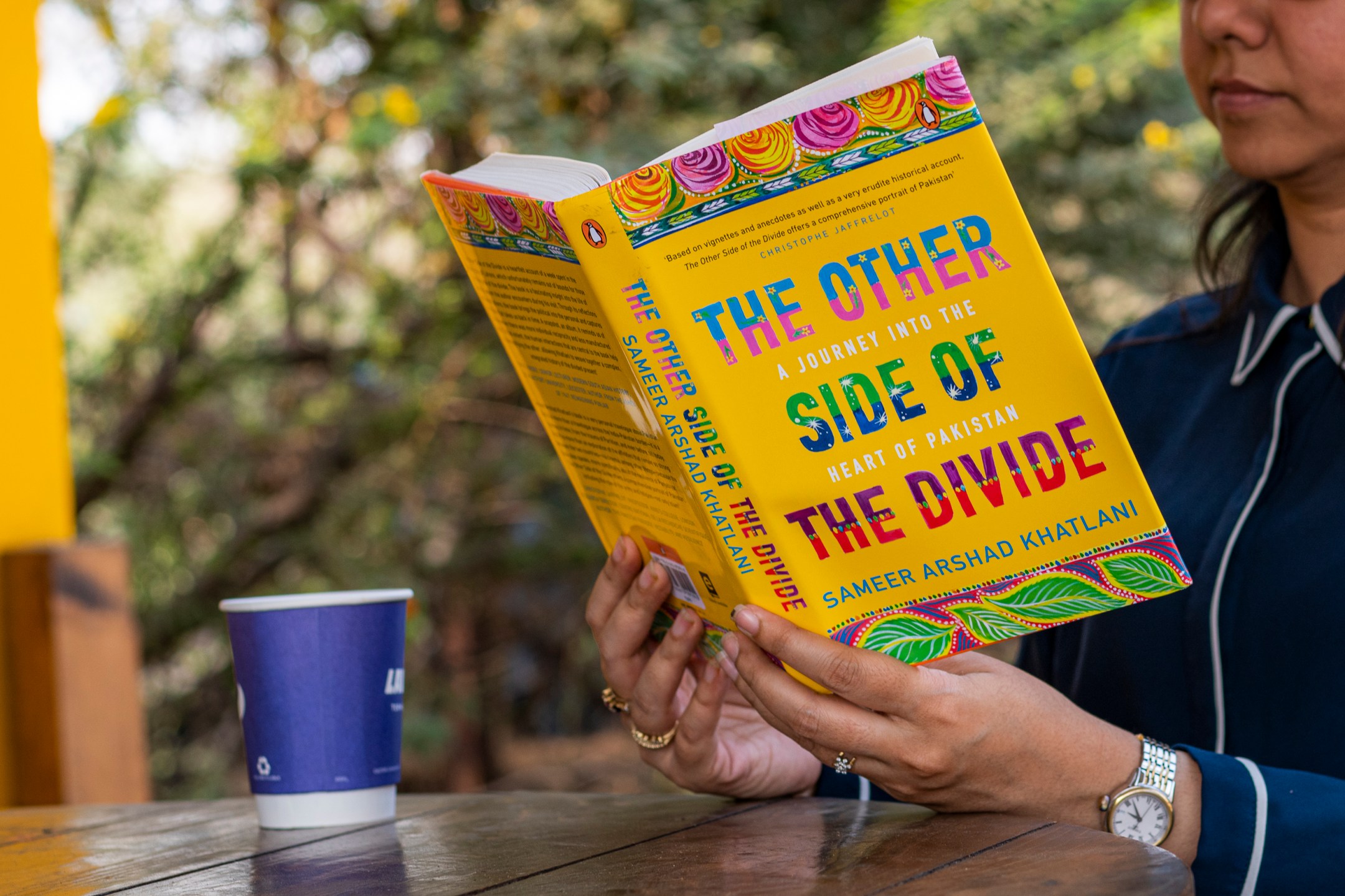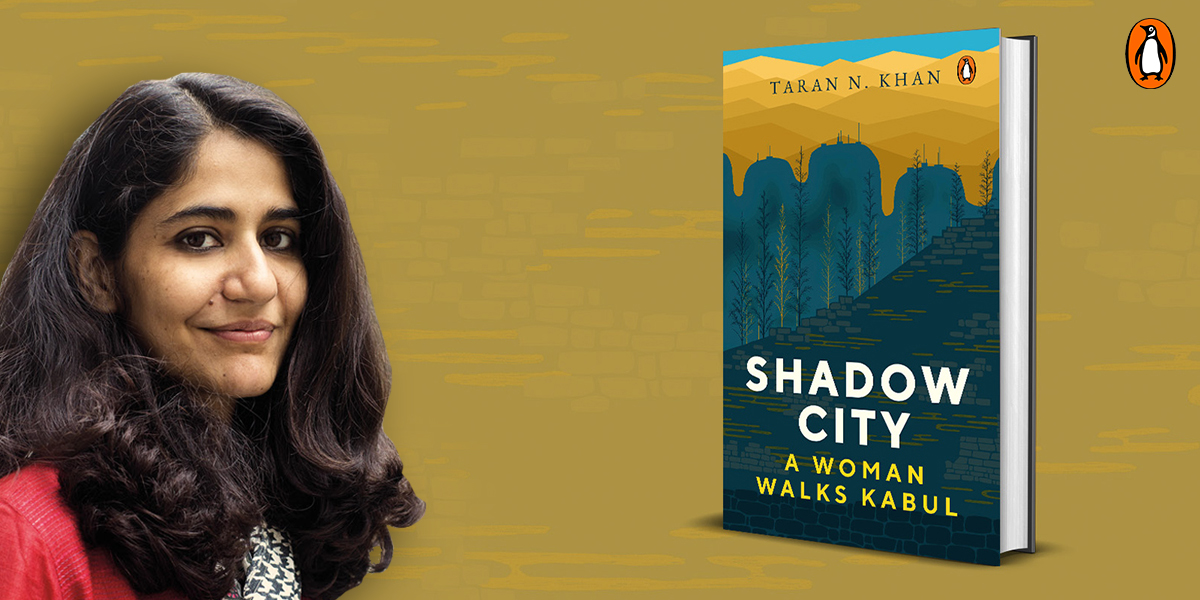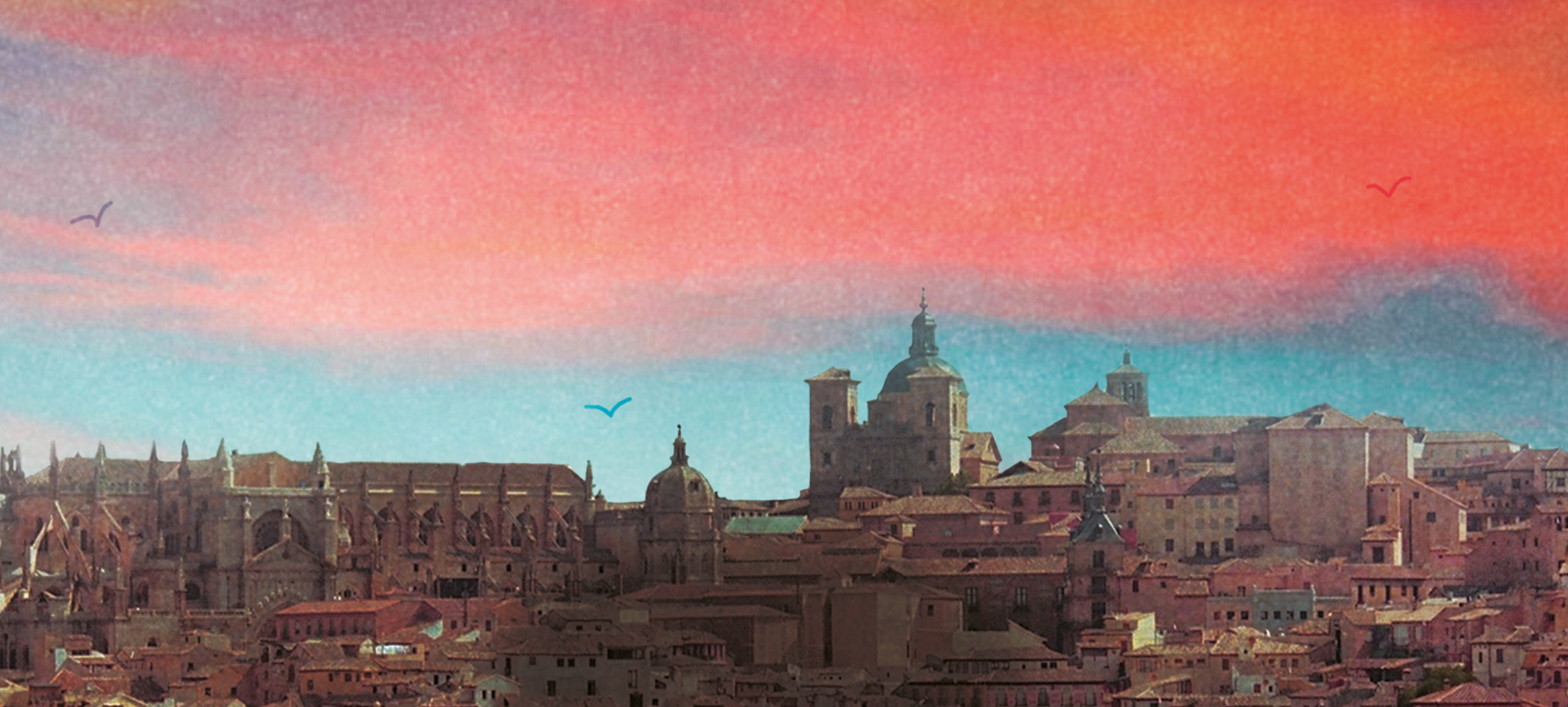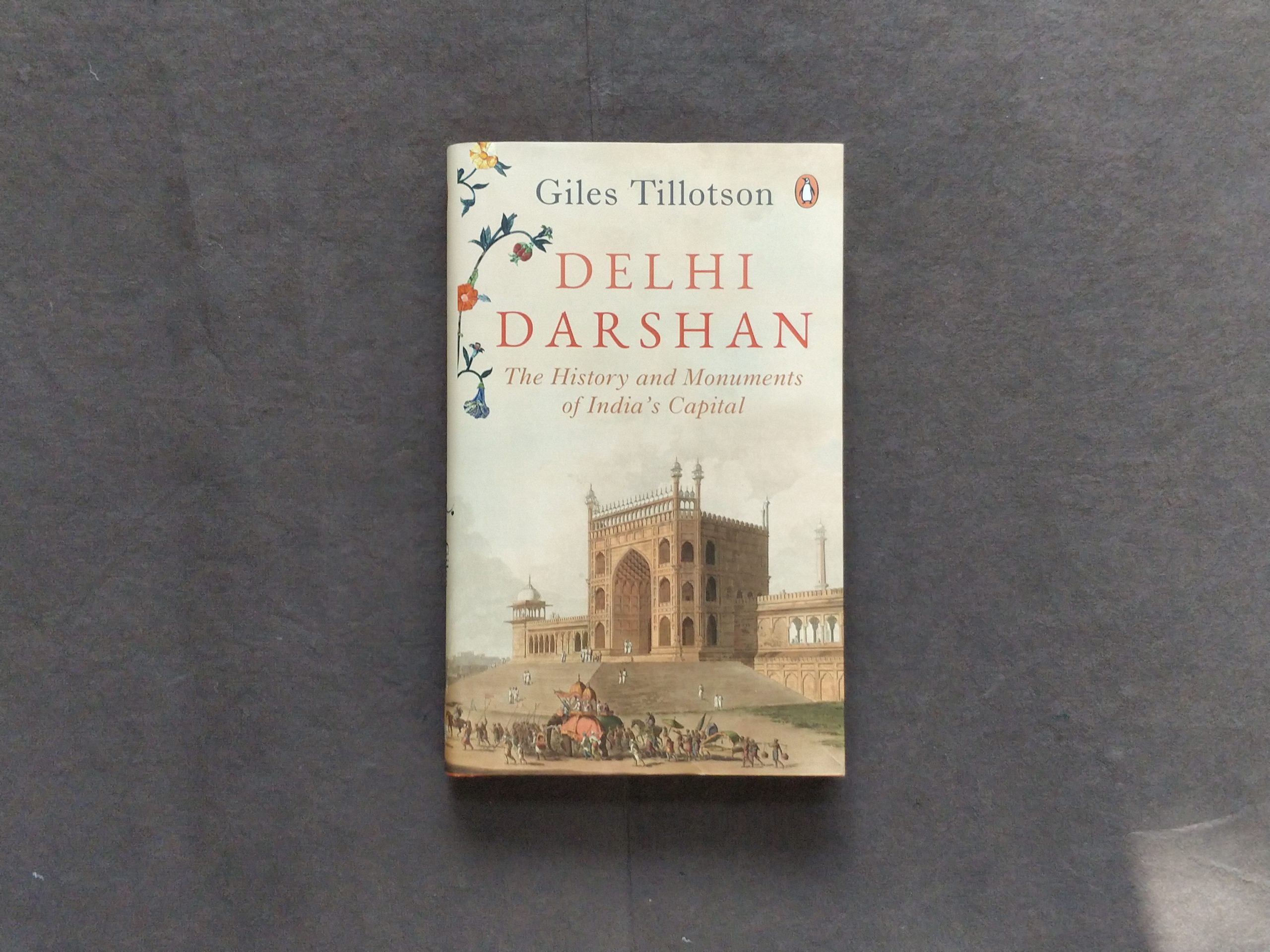Pegged on journalist Sameer Arshad Khatlani’s visit to Pakistan, The Other Side of the Divide provides insights into the country beyond what we already know about it. These include details on the impact of India’s soft power, thanks to Bollywood, and the remnants of Pakistan’s multireligious past, and how it frittered away advantages of impressive growth in the first three decades of its existence by embracing religious conservatism.
Read an excerpt from the book below:
Anarkali Bazaar gets its name from a white semi-octagonal towered tomb believed to be that of slave girl Nadira Begum… popularly known as Anarkali… Legend has it that Mughal emperor Akbar had Anarkali interred alive in upright position in a masonry wall at the turn of the seventeenth century. She earned Akbar’s wrath for daring to fall in love with his heir apparent, Jahangir… The ‘love story’ has little historicity; it appears more to be a figment of somebody’s fertile imagination…
Lahore is replete with symbols and structures reaffirming shared India–Pakistan history and culture. Civil Lines is one such place around a kilometre from Anarkali’s tomb, where anti-colonial hero Bhagat Singh reignited the revolutionary Indian national movement.
Tempers ran high in Lahore in the winter of 1929. National movement leader Lala Lajpat Rai had succumbed to injuries sustained in a police assault at a protest rally. Young blood in revolutionary ranks sought revenge. Bhagat Singh volunteered to kill Lahore police chief JA Scott to avenge Rai’s death around the police chief’s office near the DAV (now Islamia) College. His comrades Rajguru, Jai Gopal and Chandrashekhar followed suit. They were disillusioned with Gandhi’s pacifist policies and wanted to fire militant youth imagination against the British. Bhagat Singh was chosen to pull the trigger. Rajguru was to provide him cover. Chandrashekhar Azad was tasked with ensuring their escape. The revolutionaries rehearsed the killing two days before the chosen date in the busy lanes of Civil Lines. They had prepared a red poster declaring: ‘Scott killed’, in anticipation of a successful mission. Everything except Scott’s identification went as per plan when the revolutionaries emerged out of DAV College hostel and took their positions. Jai Gopal, tasked to identify Scott, had never seen the British officer before. But he hid this fact from others. Bhagat Singh ended up pumping five bullets into the wrong person — twenty-one-year-old probationary police officer JP Saunders. Rajguru had seconds earlier waylaid and shot Saunders in his neck. He killed an Indian policeman who was in their hot pursuit. The revolutionaries ran into the DAV college campus, where they scaled a wall to enter its hostel compound. They fled to their hideout and eventually to Lahore, where they were brought back for their trial and were executed…
The scene of Saunders’ murder is now a busy street surrounded by the traffic police office, Islamia College, Metrobus route, Government College hostel, Lahore district courts and the Central Model School. Very few people remember its association with Bhagat Singh, who was an alumnus of DAV (Islamia) College, which was shifted to Ambala after the Partition. The college, which Hindu revivalist Arya Samaj managed before the Partition, is better known today as the alma mater of cricket legend Wasim Akram. It changed hands and was rechristened after the Partition. Three samadhis of Ranjit Singh’s relatives are located on the campus.
A road named after Hindu reformist Deva Samaj movement between Anarkali’s tomb and the DAV College is another remnant of Lahore’s past. Pandit Shiv Narayan Agnihotri founded it in Lahore in 1887. Deva Samaj began as theistic before re-emerging as an atheistic society. Deva Samaj emphasized ‘ethical conduct and confession of sins’ but denied the existence of gods. Agnihotri, too, is a forgotten man around the road named after his movement. Queries about the origin of the road’s name drew blank stares.
Deva Samaj Road begins close to the Civil Secretariat Metrobus station on the edge of civil court complex before merging into Abdali Road near Vishnu Street. Then Opposition leader Imran Khan, who had been campaigning against alleged election fraud had just held a huge anti-government rally in the area when I was there. Khan’s banners were hanging near Nasir Bagh as I passed by on my way to the Mall Road where the best of Lahore’s colonial heritage is located. The tree-shaded avenue is lined with chic shops, restaurants, hotels and mansions. Hindu and Sikhs owned most of the properties before the Partition also on the Mall Road, built in 1851 to connect Anarkali with Lahore Cantonment. A handful of Muslims owned businesses on the Mall Road before 1947. Today, a sprinkling of Hindus is left in Lahore; most of them are Valmiki.
An orange flag fluttering atop a temple stands out as a sign of Hindu presence at the corner of Bheem Street just across the Metrobus line off the Mall Road. Located in Lahore’s biggest tyre markets amid small shops and dhabas, it is one of Lahore’s two functioning temples. A bell hangs besides an Om symbol at the temple’s main door, where a board declares in Urdu: ‘Insaf ka mandir hai yeh, bhagwan ka ghar hai [This is temple of justice and the lord’s house].’… Valmiki temple is more than a place of worship, it is sort of a community centre, where Valmiki converts to Christianity are among regular visitors.
The day 24 December 2013, when I was roaming around in the area, was one of celebration for the Lahori Hindus; they had finally been handed possession of 14,200 square feet of land for a crematorium at Babu Sabu Chowk. The transfer followed an August 2013 Supreme Court order for the allotment. Lahore’s Hindus had moved the top court seeking the immediate transfer of the land for last rites. The handover had been hanging fire since the government was forced to allocate the land in 2006 following a sixty-two-year-old Hindu woman’s burial at a Muslim graveyard…
The Krishna temple on Ravi Road, over 3 km north of Valmiki temple, is the other functional Hindu place of worship in Lahore. The temples feature regularly on Pakistani TV channels… They invariably have sound bites of saffron-kurta-pyjama-clad priest Bhagat Lal, a balding man in his sixties. Lal has been the mainstay of Hindu religiosity in Lahore for decades.
The Krishna temple was the scene of an arsonist attack hours after foot soldiers of India’s current ruling party demolished the Babri Masjid hundreds of kilometres away in 1992. The lives of Lahori Hindus were suddenly turned upside down for no fault of theirs just when they had begun picking up the pieces decades after the Partition upheavals. The temple, however, was up and running within six months thanks to Lal’s resilience. He reopened the temple and restarted pujas twice daily with the help of government compensation. The fraught India–Pakistan ties took an unexpected turn for the better a decade later… A group of Indian pilgrims to Katas Raj temples in northern Pakistan reinstalled Krishna, Radha and Hanuman idols at the temple for the first time since the Partition in February 2007…
The reinstallation overlapped with the brief India–Pakistan détente from 2003 to 2008. The restoration of Katas Raj temples remains an important legacy of the thaw. The choice of Hindu nationalist and former Indian deputy prime minister Lal Krishna Advani for inaugurating the restoration project in 2005 showed Pakistan’s willingness to move beyond his legacy. Advani led the campaign for the construction of a temple dedicated to Lord Ram in place of the Babri Masjid in Ayodhya in the 1990s. The campaign led to the demolition of the ancient mosque in 1992 and provoked anti-Muslim violence across India…
In his book India after Gandhi, Ramachandra Guha writes: ‘Hindu mobs attacked Muslim localities, and — in a manner reminiscent of the grisly Partition massacres — stopped trains to pull out and kill those who were recognizably Muslim.’ The demolition also triggered violence against Hindus in Bangladesh and Pakistan in a throwback to the late 1940s bloodbath that ripped the subcontinent and made the Partition inevitable. Shrines like Katas Raj temples fell into disrepair as the bloodbath forced the virtual flight of Hindus from West Punjab in 1947. The first religious service at the temples since the Partition in 2006 turned the page a year after Advani’s visit to Pakistan for the inauguration of its conservation project… But the typical one-step-forward-two-steps-back routine in India–Pakistan ties followed.
Mata Hinglaj temple is perhaps Pakistan’s most important Hindu shrine dedicated to the Kshatriya caste’s deity in the remote mountains of Baluchistan. It is one of the fifty-one Shakti Peeths associated with ‘indescribable spiritual power’ believed to have been created at places where body parts of Shiva’s consort, Sati, had fallen. They are said to have been created after Shiva took her corpse around following her self-immolation in Daksh’s court. Hinglaj has an important place in Hinduism since Sati’s head is said to have fallen there. It is among the most important syncretic shrines dotting the subcontinent. Muslims revere the shrine too; they call it Nani Pir.
Pilgrimage to Hinglaj from India abruptly ended after the Partition, accounts of which date back to the fourth century. The thaw in India–Pakistan ties facilitated a rare visit of a group of Indian pilgrims in February 2006…
Pakistani Hindus want more Hindu pilgrimage sites in their country to flourish like those of the Sikhs. They hope the two countries will encourage Hindu religious tourism. It would create more stakes in peace and benefit local Hindus… Many Indian pilgrims to Katas and Nankana Sahib visit Anarkali and are often surprised to see the Hindu presence in Lahore, where restoration of abandoned Jain temples could attract rich Jain pilgrims. Digambar Mandir, located a kilometre south of the Valmiki temple, is one of at least six abandoned Jain temples in Lahore. They stand as a reminder of Jain pre-eminence across the subcontinent before the emergence of Buddhism and Hinduism. Swetambar and Digambar Jain temples are located next to each other in Lahore’s Mohallah Bhabrian. As many Jain temples are situated on tony Ferozpur Road. Footprints said to be that of Jainism founder Rishabha’s in stone at Lahore’s Guru Mangat Jain temple are believed to be the region’s oldest religious relics. A site of great religious tourism potential remains untapped and hostage to India–Pakistan tensions and a lack of vision…
The Other Side of The Divide attempts to present a contemporary portrait of Pakistan-where prohibition remains only on paper and one of the biggest taxpayers is a Parsee-owned brewery-as a complicated and conflicted country suspended between tradition and modernity.
